Here's to Algiers
Wild Frontiers' Head of Marketing Michael recently travelled to Algeria and spent a couple of days exploring its capital Algiers.
Tea with a view
Taking in a sweeping panorama of colourful clothes drying on the rooftops of the hotchpotch of buildings that cascade down the hillside towards the glistening Mediterranean, I finally felt like I understood this city. It had taken a while. From the Post Office built in extravagant Islamic style by Napolean because ‘we need to build buildings that the locals will like’ and the many mosques, minarets and coffee houses, to the contrast of Parisian-style balconied buildings and boulangeries, this is initially a difficult city to grasp. A visit to the Casbah, its beating heart, and in particular one of its rooftop cafes to take in the city, changes all of that.

Like many North African cities, Algiers began life as a small Phoenician trading port, and subsequently became a Roman town, before sinking into obscurity in the Middle Ages. Under Ottoman rule in the 16th century, the city became a stronghold of the Barbary Pirates, who attacked shipping in the Mediterranean, engaged in the slave trade and captured hostages for ransom. Perhaps their most famous captive was the Spanish writer Miguel de Cervantes, author of Don Quixote, who spent five years imprisoned in Algiers and later based two plays in the city.
Albert Camus and Algeria
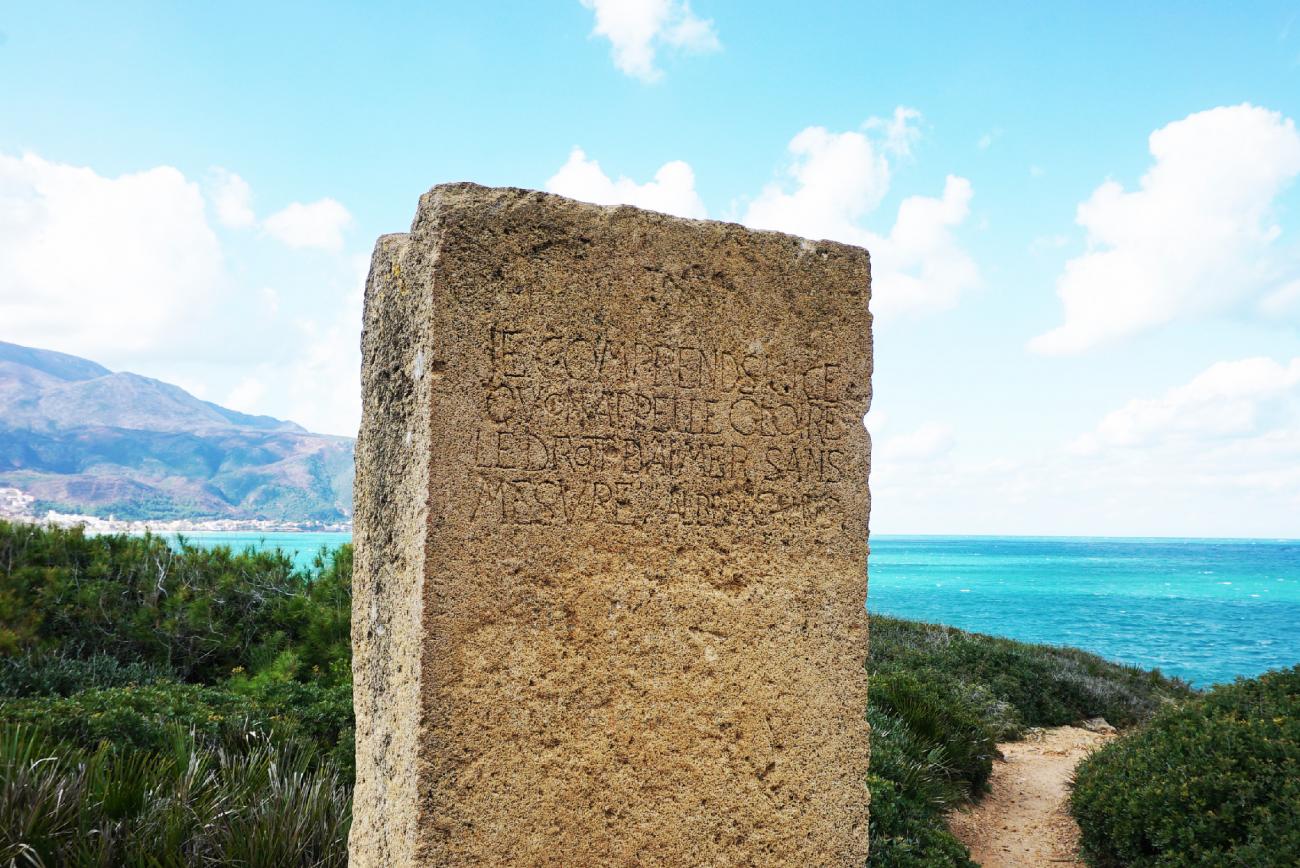
Fast forward to the 19th century and the city was invaded by the French in 1830 and became the capital of French Algeria. During French rule, which lasted until the Algerians sent them packing in 1962, many Europeans relocated to Algiers, giving it the continental feel it still retains today. Albert Camus was one of the most famous ‘pied-noirs’, or black foots, the slang used for French people born in Algeria, but he took the country to his heart and he is still revered in Algeria. Amongst the splendid Roman ruins of Tipisa, a day trip from Algiers and one of Camus’ favourite places, you can find a moving memorial to the writer inscribed with the words ‘I understand here what is called glory; the right to love beyond measure.’ Fans of Camus will enjoy visiting the wonderful town of Oran, where he spent much of his life and based the book L'Etranger, on our Algerian Colours tour.
Rock the Casbah
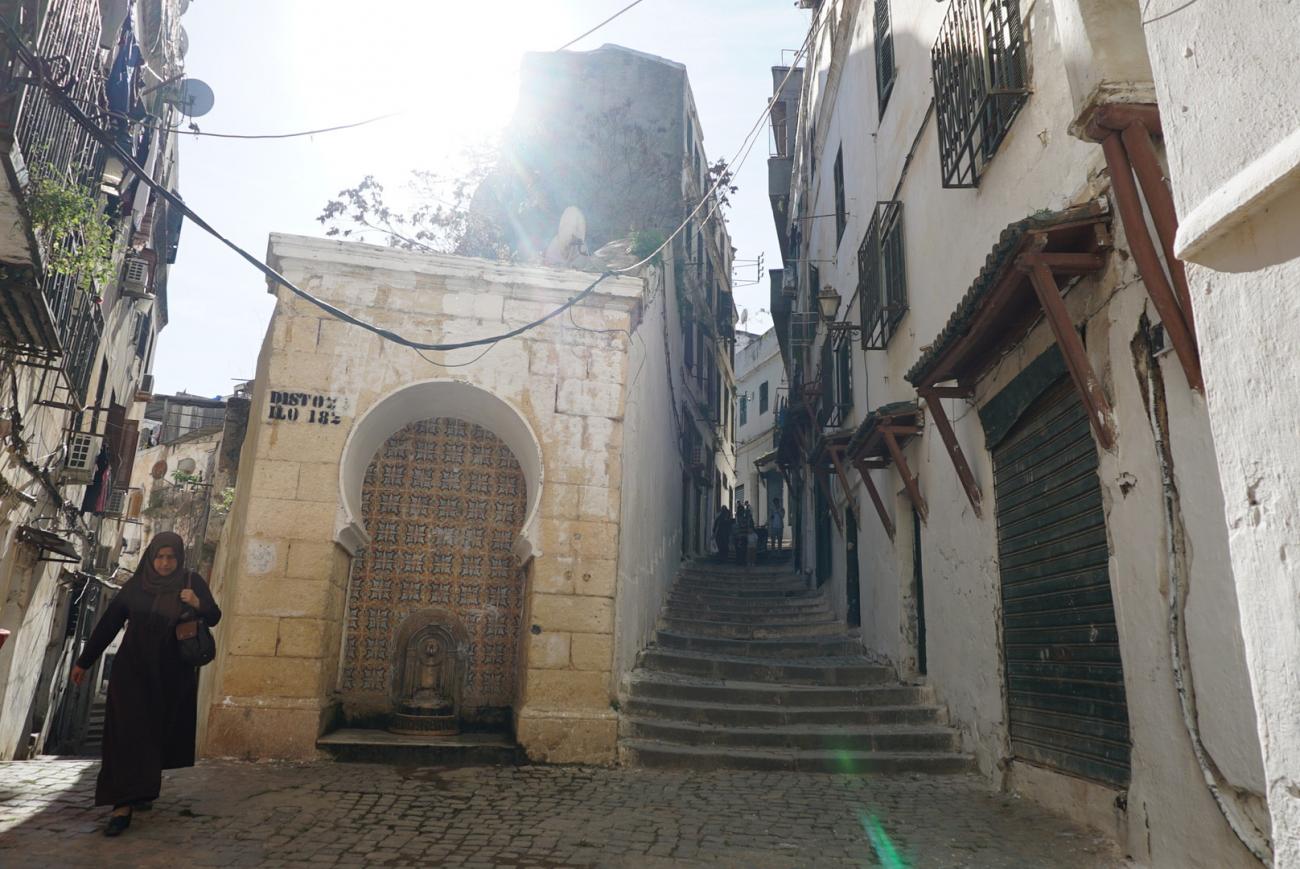
Life in Algiers seems to revolve around the Casbah. A protected UNESCO site since 1992, ensuring no new development takes place and the walls are kept white, it is a bustling hive of activity. After surveying the scene from a rooftop cafe with a green tea, we tried local specialities in an unassuming restaurant, such as fried sardines, and liver in a spicy sauce - a local speciality called kebda. After lunch, we wandered the narrow alleyways and along the busy streets where you can buy anything from wedding dresses to spoons, brooms and spices. As my guide told me the locals have a saying, ‘you can find everything for sale in the Casbah except your grandma.’
Arabic, Ottoman and French influences
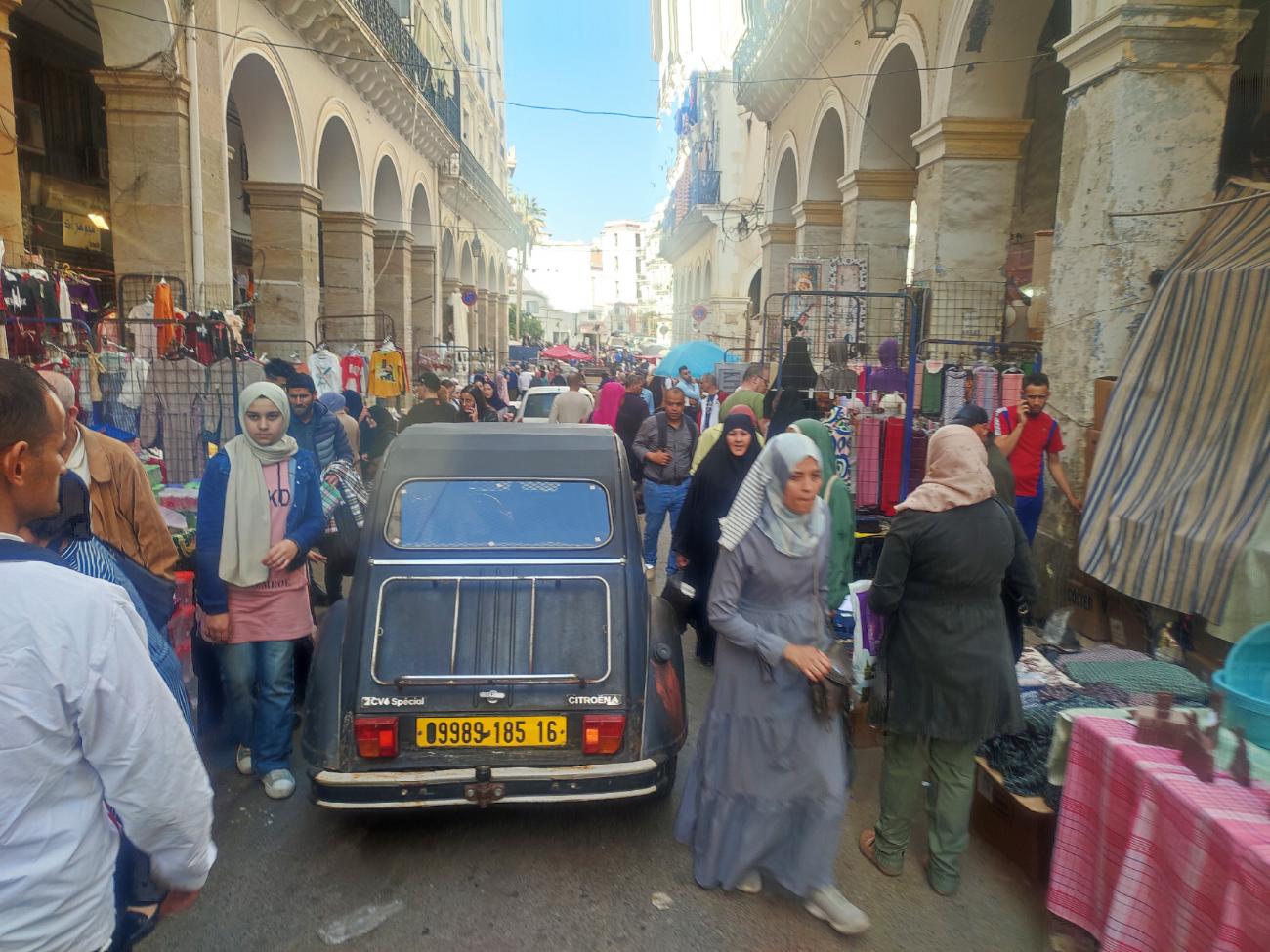
Carry on walking and the atmosphere changes, as suddenly you are transported from North Africa to the faded grandeur of early twentieth-century Paris, with grand promenades, ironwork balconies and even the odd Citreon CV. Glance to the side and you’ll catch the occasional flash of blue as the sea makes an appearance at the end of the sloping streets. This is a city of hills and light and glances caught in time. Head further down to the sea and you’ll find a lively harbour with fishing boats heading out to catch sardines. Here, you’ll also find the last surviving building from when the Casbah stretched all the way to the sea, the Palais des Raïs. This 16th-century Ottoman palace is all narrow corridors, courtyards and colourful tilework, with fantastic views of the Mediterranean.
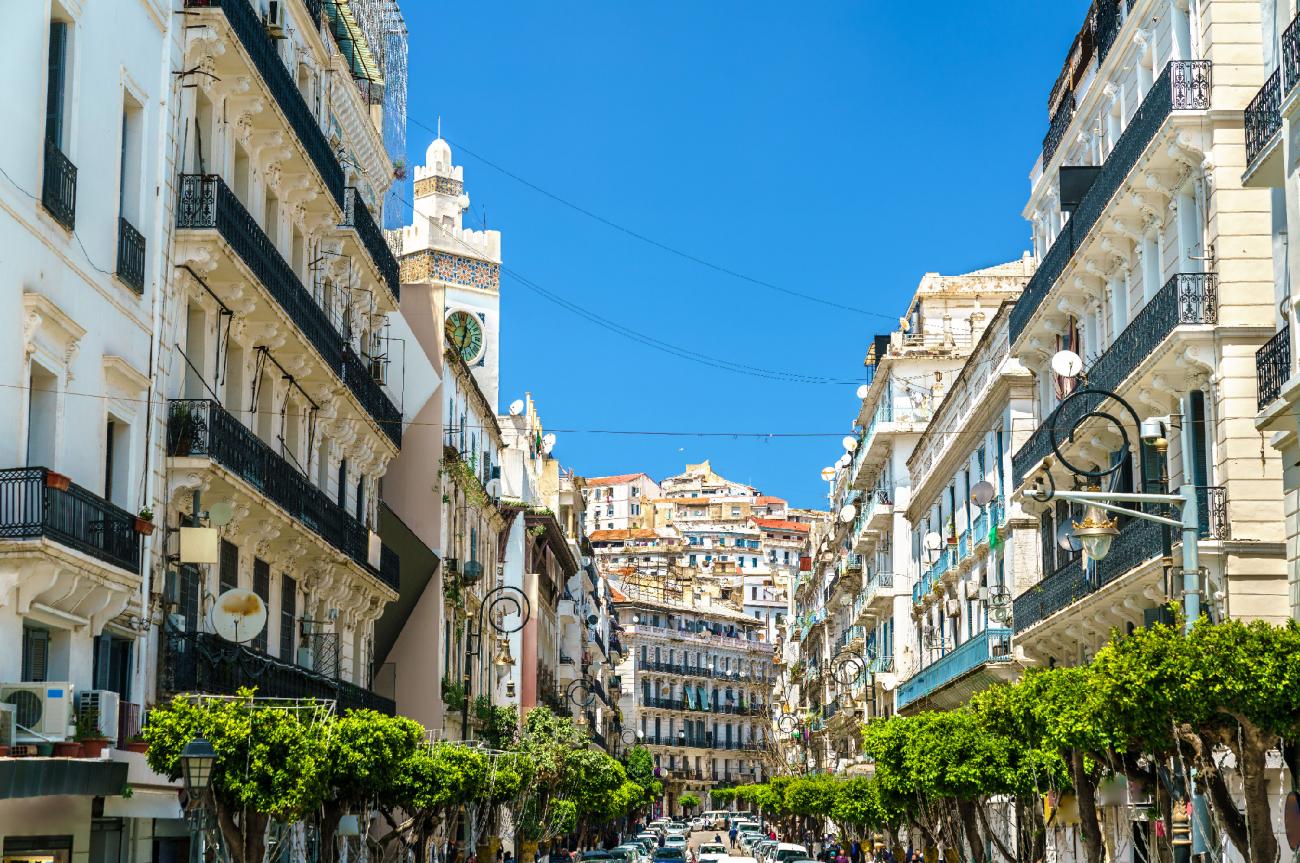
North of the centre, the 19th-century Basilica de Notre Dame d'Afrique is well worth a visit. This Byzantine-style church, completed in 1872 after 14 years of construction, has intricate blue tilework around the top, more than 40 stained glass windows that were restored after they were blown out during WWII and an enviable hilltop location overlooking the Bay of Algiers.
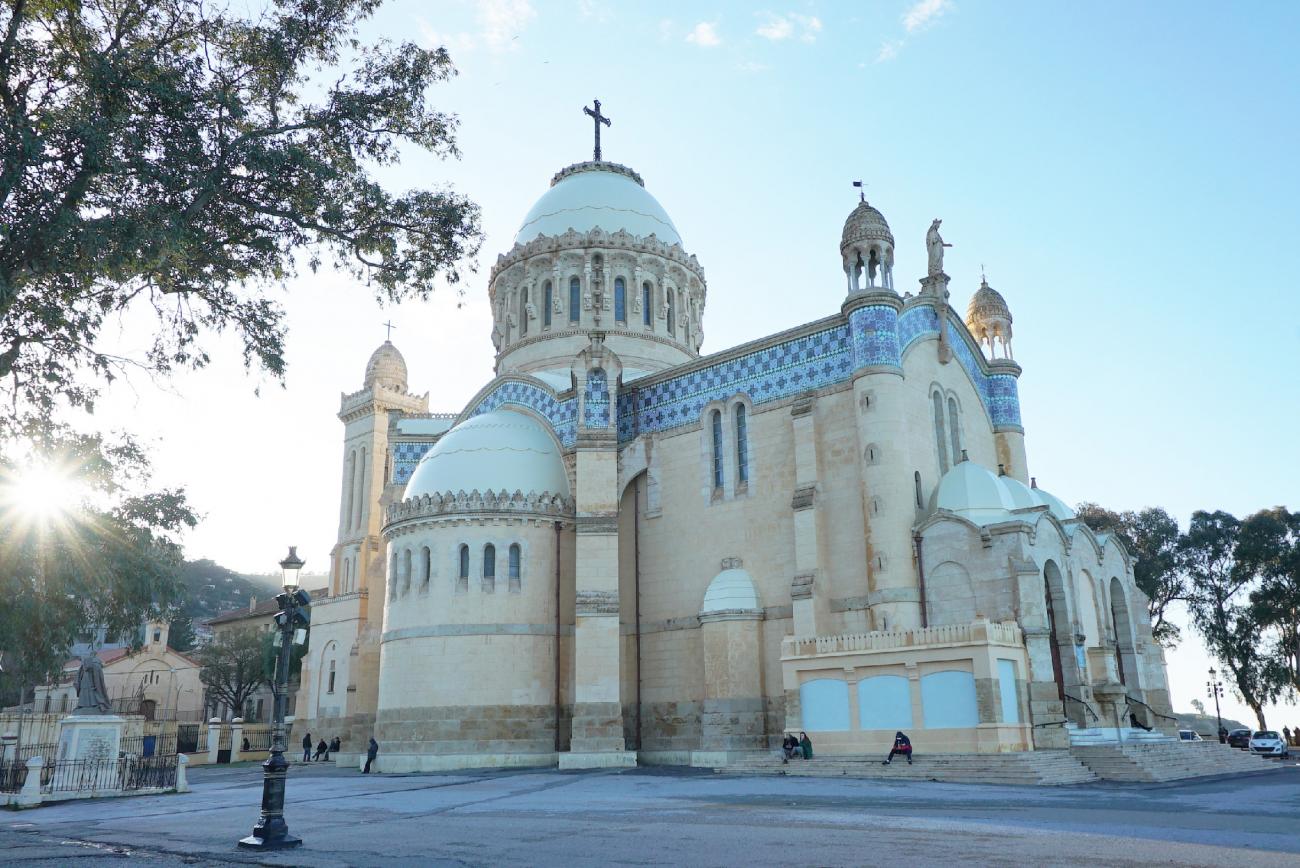
It’s a city that hums with life, one living among its Roman ruins, a legacy of French rule and a mix of Arab and Mediterranean ways. It’s not the prettiest city but it has bags of energy, oozes character and should definitely form a stopping off-point on any trip to Algeria.
